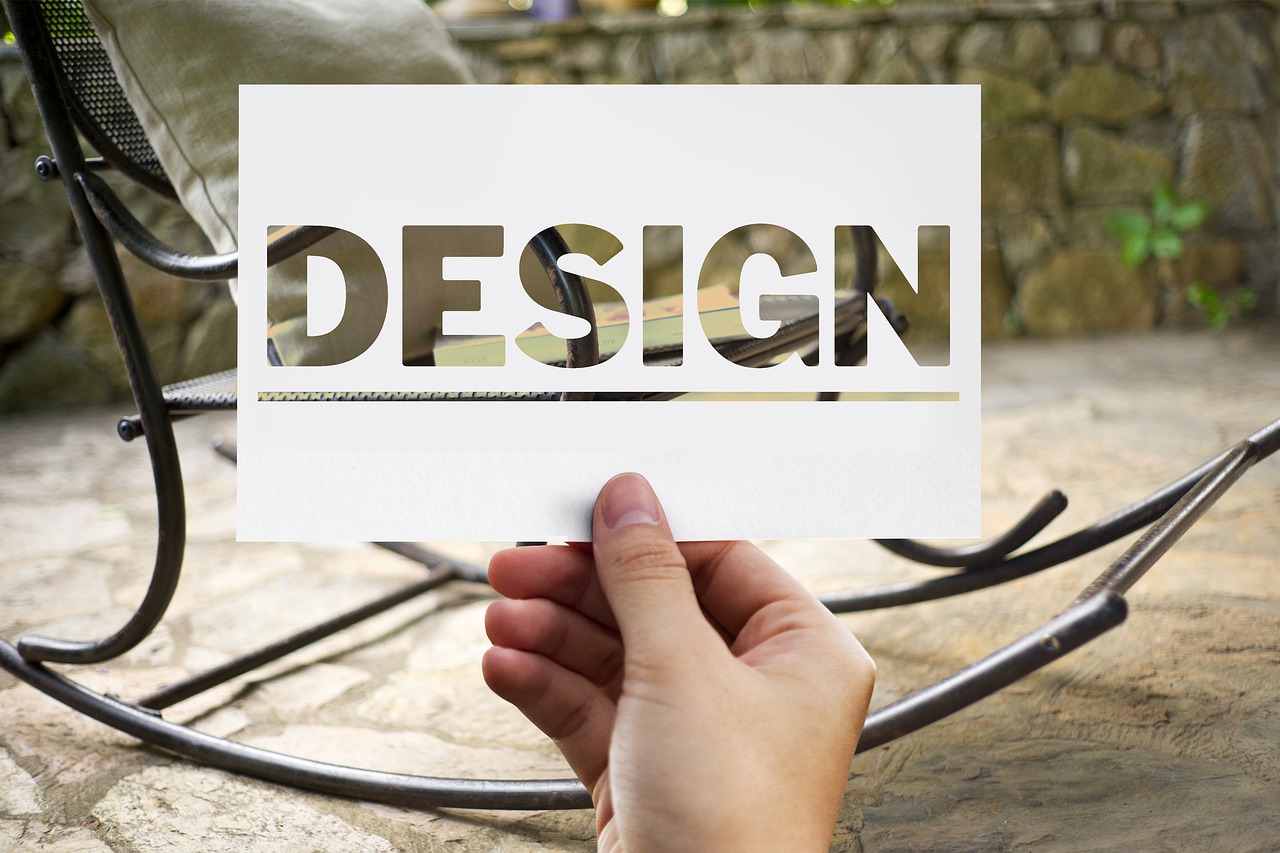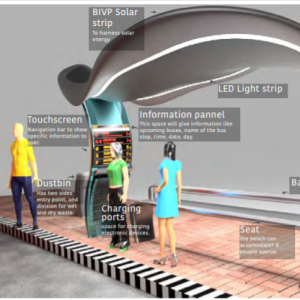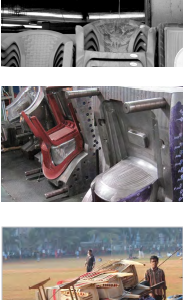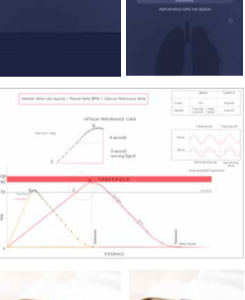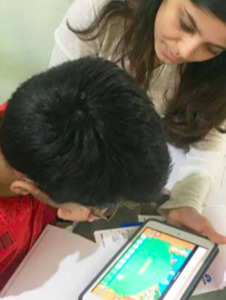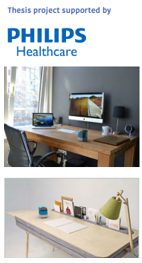Product design is the analytical and creative process of identifying a need in the market and creating a solution for it using design tools. To create the product, you’ll need to understand current trends and find solutions accordingly. Product designers go by many names – some of which include an Experience Designer (XD), User Interface (UI) Designer, User Experience (UX) designer, Interaction Designer (IX), and more. A product designer may be responsible for all these roles or just some of them.
There are three main types of product design, they’re system design, process design, and interface design. Each process is different although they do overlap in different ways. Essentially, all these processes use observation, logic, and innovation. In this article, we’ll explore some product design tips that can be used for all these methods.
Product Design Tips
1. Focus on Utility
While many are tempted to go all out on the design that may be counterproductive, what’s more, important is to focus on how useful the product is. Every aspect of its design has to have a purpose and use.
Good product design always focuses on solving existing problems for their customers. Another aspect of utility is the ease of use. The end-product must be easy for the customer to use otherwise it will not be helpful to them. Most people want to spend their time actually using what you’ve created – not trying to figure out how it works.
2. Have A Vision
While some products are made for trends, like fidget spinners, most try to be relevant for as long as possible. Designing something that will still be useful after a few years will ensure the device’s longevity in the market. While planning, think of a problem that is not likely to go away and find a long-term solution.
In case your product isn’t future-proof, take time to think of ways to upgrade your product at different points in time. A good example of this is Amazon. Did you know the online retail giants first started out as an online bookstore? Then over time, they upgraded their services and became the brand we know today.
3. Invest in Storytelling
To share any vision effectively with the intended audience, the power of impactful storytelling comes into play. This helps the customer resonate with the product’s design and how they will solve their issues and concerns.
After identifying the overall market problems and their details, create a story around those illustrating exactly how the product is the solution. Use anecdotes, quotes, examples, and creative inputs from the design team to highlight the thought processes that powered the design.
4. Create Something New
Before anything else, do enough market research to ensure your product hasn’t been created before. If there are similar products, ensure your product has certain features that make it stand out from the crowd.
A novel product can be a real game-changer and cement your place in the industry as an innovative product design. Study the products that are already there in the market and learn what their features are and how they’re produced.
5. Focus on the Details
Most of the most popular brands in the world are thus because they pay attention to the smallest of details. It could be their logo or even the hinges on a laptop. This is a mantra for most design processes as details are essential to creating a truly impactful overall experience. The overall effect of several imperfections can bring down the value of the best products out there.
Therefore, it’s essential to get the details right. Having an eye for detail helps, as well as conducting thorough quality checks at the end of production. Focus on the smallest of details and create a world-class item.
6. Create Effective Customer Service
Keeping the right informational documentation in place for your prospective customers helps them understand your design solutions better. Certain software can help with this, along with FAQ pages on a website or some online forum. This shouldn’t be as simple as an instructional manual. It should go beyond that and cover issues that may arise in the future. For example, with cars – many manufacturers and retailers keep documentation to help buyers replace specific parts.
7. Aesthetics Are Chief
Performance isn’t everything. Aside from being practical and functional, a product should look good, too. Humans are visual beings and process most of their information through their eyes. The look and feel are usually what attracts a person to a particular product in the first place. This is true for digital products like software and physical products, too.
Developing your sense of aesthetics as a designer is a prerequisite if you want to do well in this industry. Remember that the best designs are simple and elegant.
These 7 tips would help anyone become a good product designer. The best place to learn more tips like this and other steps in product design would be ISDI – School of Design and Innovation, Mumbai. It has been established in curricular collaboration with the prestigious Parsons School of Design, New York.
ISDI – offers one of the best UG Programs in Product Design in Mumbai. This product design course spans over 4 years and teaches students diverse topics related to industrial and product design. With a faculty that consists of leading designers and entrepreneurs, students can move onto pursue consultancy positions, industrial roles, or work in a design studio.

